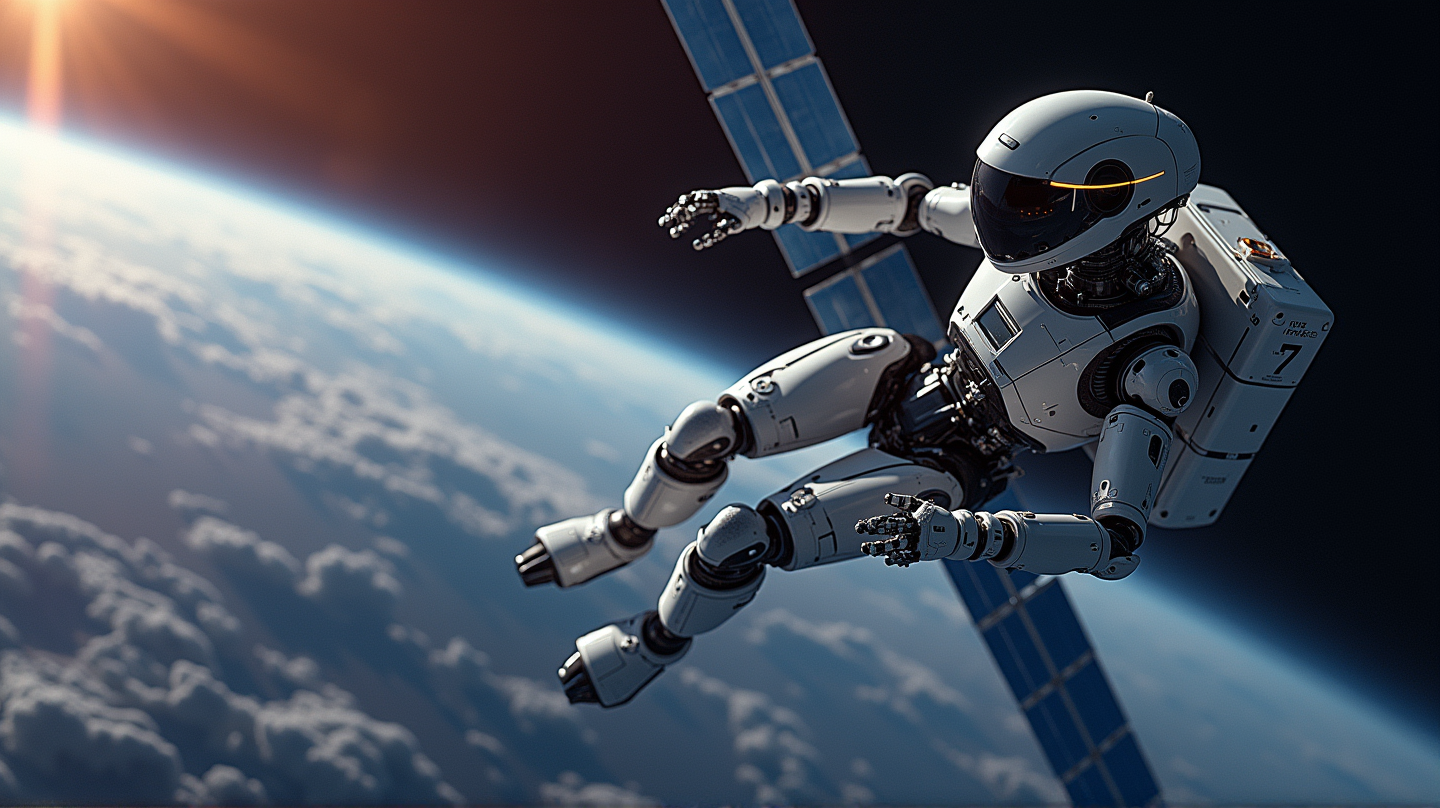Soaring into the Future: Space Robotics Market on Course for Unprecedented Growth by 2032
Explore how the space robotics market, projected to reach $9.88 billion by 2032, is revolutionizing satellite servicing, planetary exploration, and more.

As humanity looks to the stars, a revolution in space robotics is unfolding with promising potentials that could redefine our cosmic endeavors. According to openPR.com, the global space robotics market, valued at USD 4.77 billion in 2023, is anticipated to skyrocket to USD 9.88 billion by 2032, propelled by cutting-edge technological advancements and increasing space exploration demands.
The Unstoppable Rise of Space Robotics
The space robotics market stands at the forefront of cosmic innovation, driven by an array of factors promising unprecedented growth. At the heart of this evolution is the increasing necessity for satellite servicing, which has fostered demand for advanced robotic solutions adept at managing and extending the lifespan of satellites orbiting Earth. The burgeoning need for planetary exploration and debris management further bolsters the market.
Technological Marvels in Space Exploration
Space robotics is breaking new ground, with robotics playing a pivotal role in enabling missions once deemed impossible. Advancements in artificial intelligence (AI), enhanced sensors, and lightweight materials have empowered autonomous space operations, where the human presence remains impractical. This wave of innovation fuels efforts to develop robust space infrastructure and engage in lunar and Martian expeditions.
Public-Private Partnerships Pioneering Progress
As governmental and private entities pool resources and expertise, the collaboration spurs greater innovation in the space robotics arena. Notable projects like NASA’s Artemis missions and ESA’s PERASPERA program highlight the global drive toward advancing space capabilities. Furthermore, the integration of AI with robotic systems enables high-efficiency autonomous operations, significantly reducing the need for human intervention.
Applications Driving Market Momentum
At the core of this market surge are applications ranging from robotic arms and planetary rovers to space manipulators and autonomous servicing spacecraft. The deployment and maintenance of small satellites are pivotal, boosting the demand for compact and versatile robotic systems. This growth trajectory underscores not just technological advancements, but a broader commercialization and sustainability of space activities.
Regional Dynamics and Global Commitment
Around the globe, regions like North America, Europe, and Asia-Pacific are witnessing substantial investments and developments in the space robotics sector. As technological prowess grows, these regions emerge as crucial players, each contributing unique insights and innovations to this burgeoning field.
Implications for Stakeholders and the Future
For stakeholders, this rapid market expansion offers substantial opportunities, further explored through a quantitative analysis of trends and dynamics projected up to 2032. As industry giants like Northrop Grumman and Honeybee Robotics drive forward, the landscape is ripe for transformative changes. Emerging trends like miniaturization and modular systems promise even more versatile applications.
In the grand tapestry of human endeavor, the space robotics market shines as a beacon of progress and potential. As these developments unfold, they not only promise significant market growth but, more importantly, lay down the foundation for groundbreaking achievements in space exploration.

